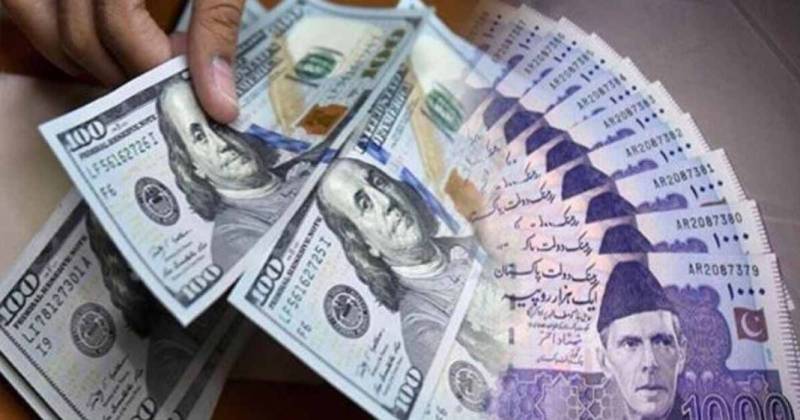By Leila Serhan, Senior Vice President and Group Country Manager North Africa, Levant and Pakistan
For millions of families around the world, remittances are a vital lifeline. Global remittances sent from family members abroad to their relatives back home, represent billions of dollars and these funds are often the only source of financial security for low-income households, providing a much-needed influx of cash to cover necessities such as food, housing, and health care.
Remittances to countries in South Asia[1] are among the highest in the world, growing by over 12% in 2022 to $176 billion. This growth has been driven by strong labor market conditions in OECD destination economies, high demand for less skilled migrants in GCC countries, and anti-inflation measures that protect migrant incomes, allowing for uninterrupted remittance flows.
In tandem, transparency is an essential component of successful cross-border payments. The frictional pain point associated with payments, including exorbitant fees and a disagreeable user experience, is now further exacerbated by the lack of openness in this sector.
Poor visibility into the complexities of the payment process and associated fees results in a less than satisfactory user experience. As such, it is critical that banks prioritize transparency to improve the overall state of cross-border payments. In this context, the role of payment gateways is significant in adding a layer of transparency to securely facilitate end-to-end digital transactions.
How Pakistanis Contribute to Their Home Country Through Remittances
Pakistan’s economy has experienced challenges such as high inflation and catastrophic flooding. The country has also been impacted by global economic conditions such as increase in commodity prices and interest rate revisions by central banks in advanced economies. Despite these headwinds, the country’s financial sector has showed resilience and performed steadily.
Pakistan ranks fifth among the top five recipient countries in South Asia. Monthly remittances have increased by 4%, observed by the regulator, the State Bank of Pakistan (SBP)[2].
Remittances have been crucial for the people of Pakistan, with a large population residing outside the country, mainly in the Middle East, UK, and US markets. A large tranche of overall remittances comes from the United Arab Emirates and the Kingdom of Saudi Arabia, and the second largest remittance inflows are from the UK[3]. Traditional methods of money transfer have given way to seamless and convenient digital remittance channels in recent years. The SBP has initiated numerous programs to facilitate remittance inflows and increase foreign exchange reserves in collaboration with the Ministry of Finance and Ministry of Overseas Pakistanis, such as the Pakistan Remittance Initiative in 2009[4].
Remittances are also undergoing the ‘digital shift’ with a variety of apps and digital payment services coming into the market. After the Covid-19 pandemic, digitalization of remittances took precedence over online transfers. Collaboration between banks, mobile operators, eCommerce operators, and exchange houses, along with government initiatives and financial reform, has aimed to discourage illegal channels of money transfer and increase financial literacy and inclusion for unbanked populations.
A reform of foreign currency value accounts rules[5] by the SBP has enabled stricter compliance measures and simultaneously increased the volume of digital remittances. Real-time updates, fast and reliable services, and secure payment technologies are factors that drive transparency of remittances.
Benefits of Faster Money Movement with Visa's Innovative Solutions
A recent study published by Visa titled “Money Travels: 2023 Digital Remittances Adoption” concludes that consumers perceive the future as digital with 53% of them turning to digital apps for money transferring. Besides, more than 70% of consumers want a speedier payment solution that enables rapid transfers and alerts. As a result, we could highlight our service’s speed and efficiency, making it more appealing to future prospects.
Cyber security is another pressing issue in the current digital world. According to our research, customers have a strong appreciation for the Visa brand in relation to real-time payments (RTP) solutions, with 80% indicating that the brand adds credibility and confidence to their experience. With the prevalence of security threats, Visa’s assurance of safety and trust in their RTP offerings is an invaluable benefit. We believe customers will continue to appreciate the Visa brand for its renowned security measures and trustworthiness in RTP services.
With greater visibility into the process, users will have more control over their payments and be able to make informed decisions regarding fees and other aspects of their payments. This will, in turn, result in a better user experience, lower fees, and overall better outcomes for all stakeholders in the payment process.
Despite the emergence of recent, adverse developments in the economy and a shift in consumer behavior, Visa strives to make digital remittances an appealing alternative for individuals and businesses alike. We recognize the benefits that digital remittances provide and are working to make them a viable option for people around the world. The combination of these factors, coupled with our commitment to providing customers with the best service, make digital remittances an attractive choice for those looking for a reliable and faster way to move money and we are proud to be at the forefront of such an endeavor.
[1] https://www.worldbank.org/en/news/press-release/2023/06/13/remittances-remain-resilient-likely-to-slow
[2] https://www.sbp.org.pk/ecodata/homeremit.pdf
[3] https://www.sbp.org.pk/press/2023/Pr-10-Jul-2023.pdf
[4] https://www.pri.gov.pk/
[5] https://www.dawn.com/news/1591795






